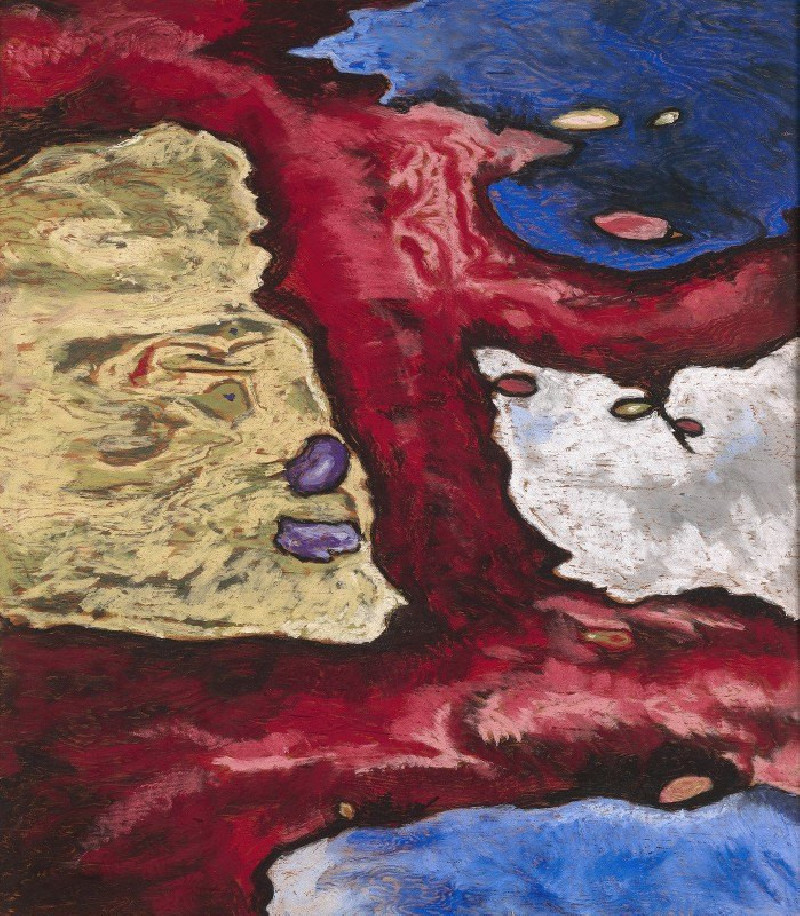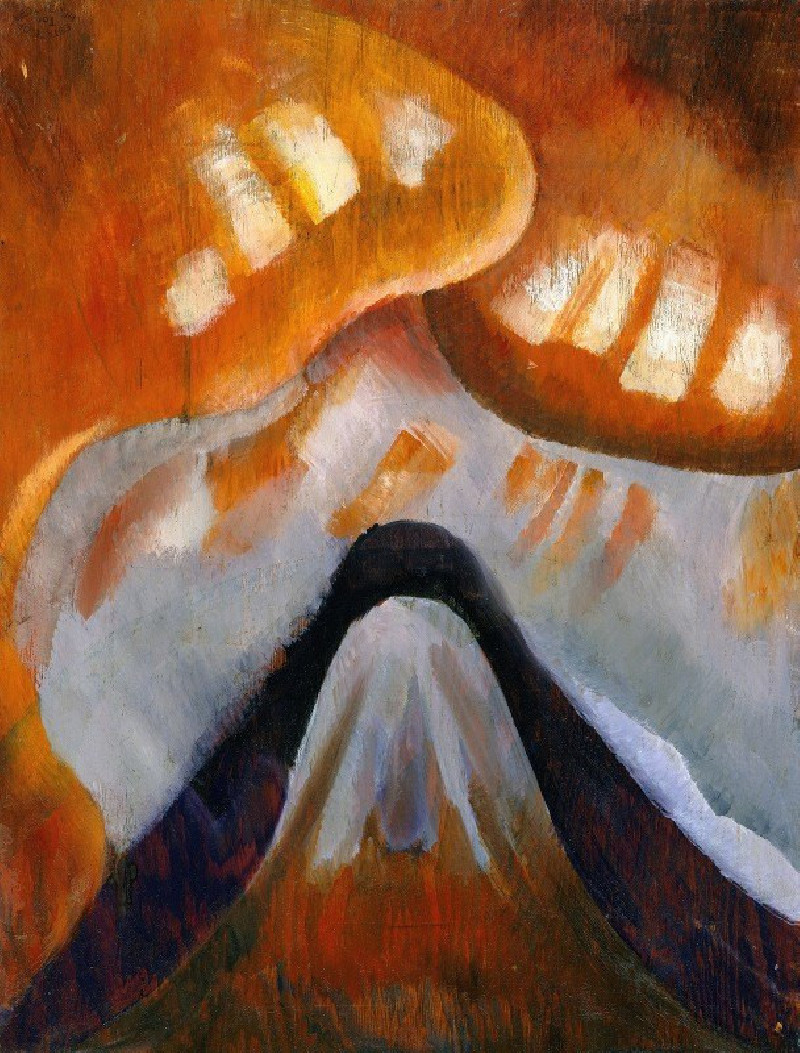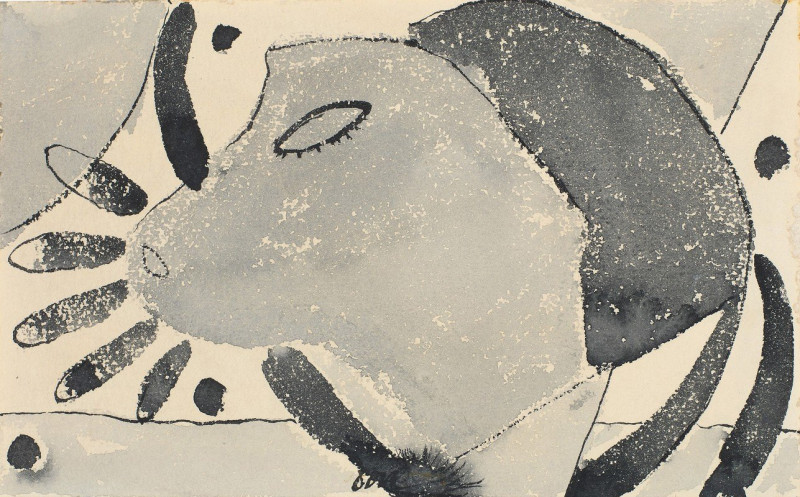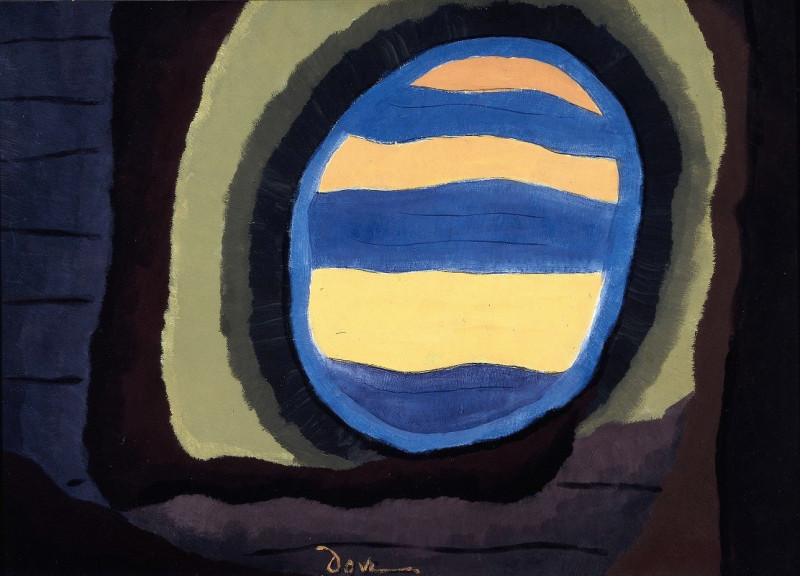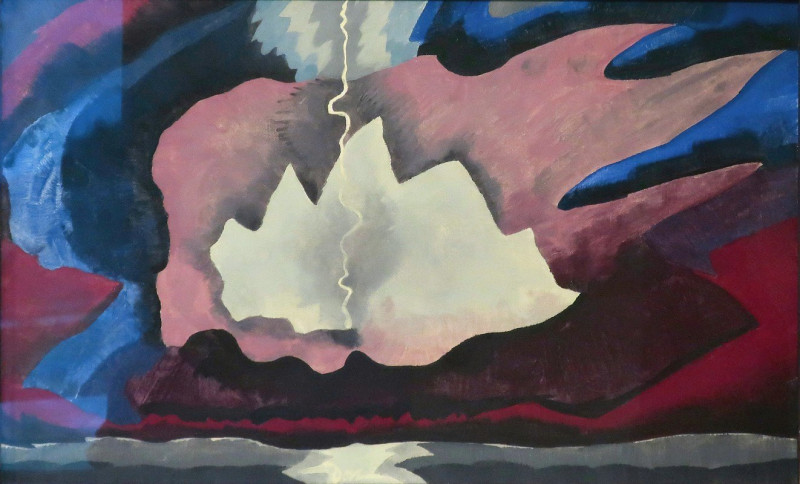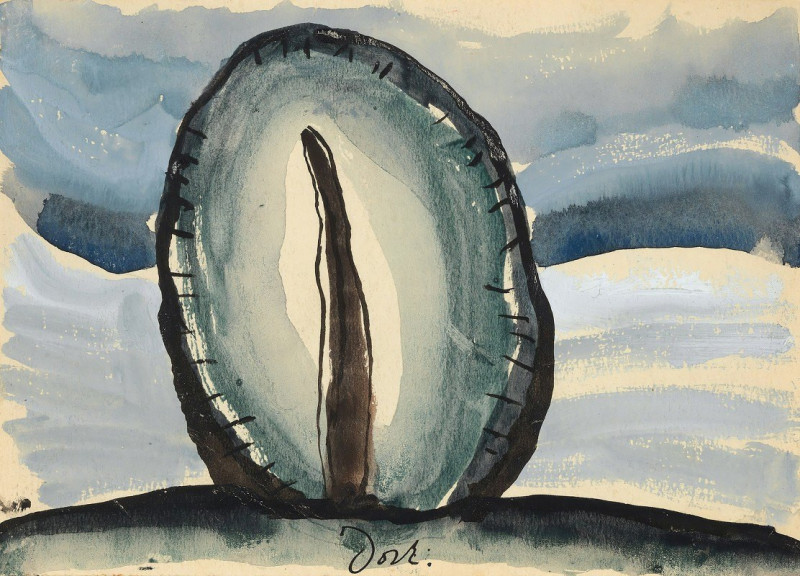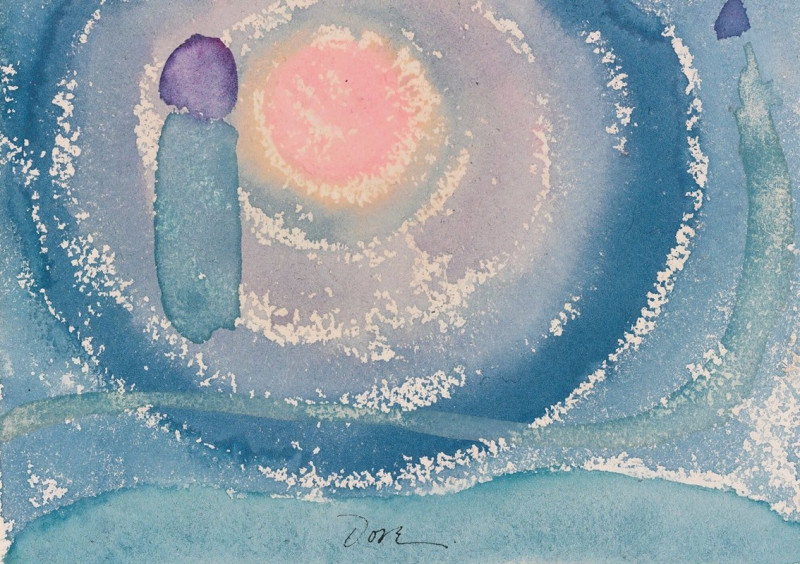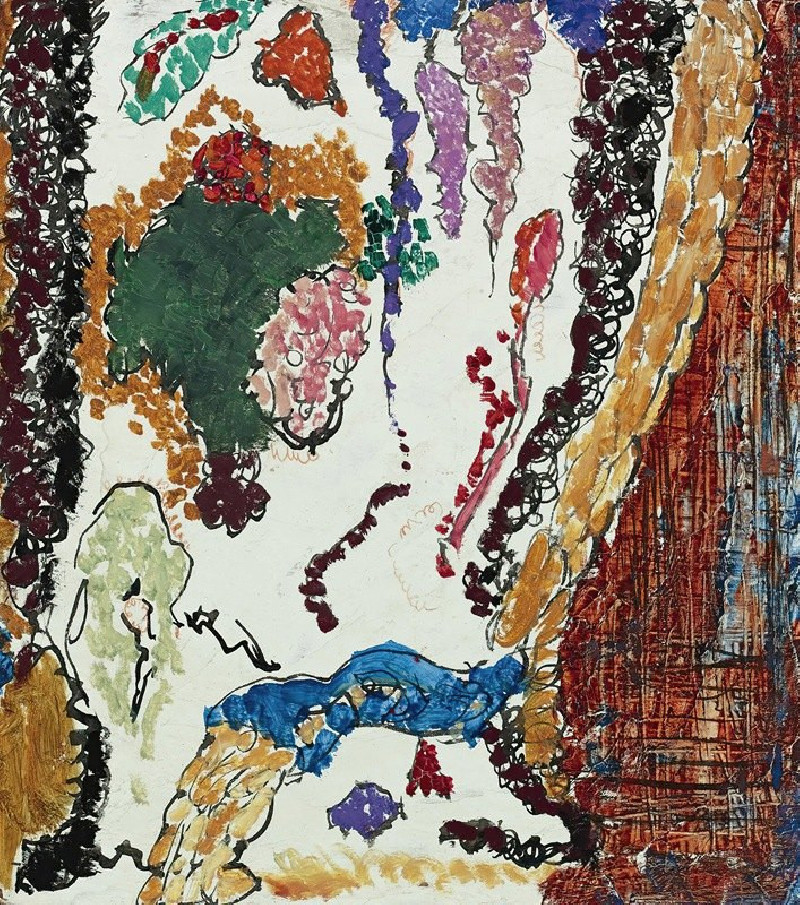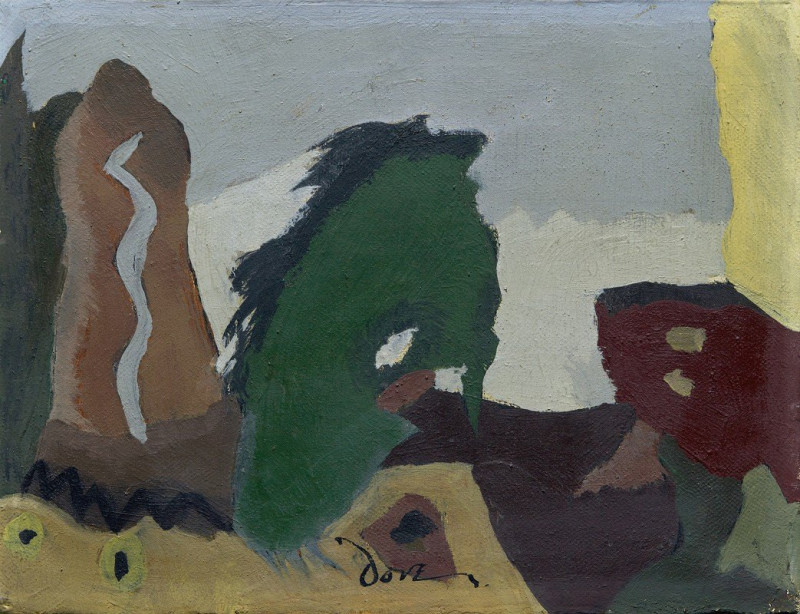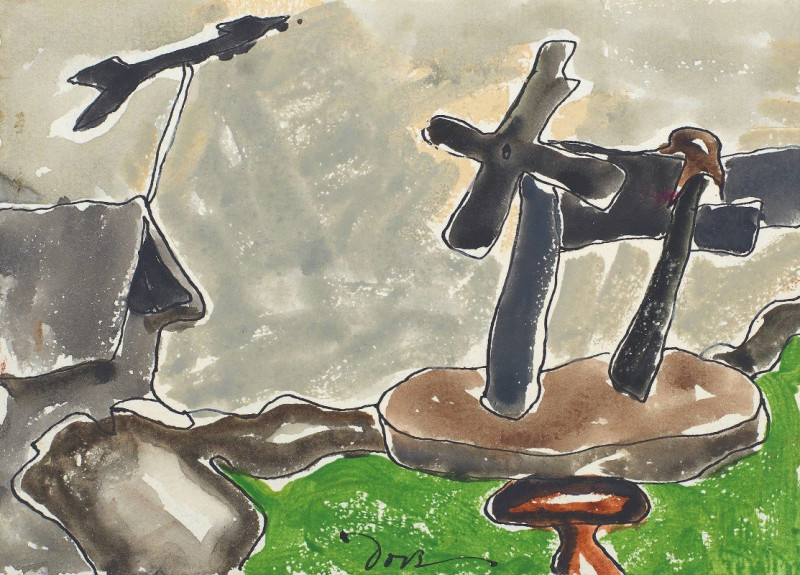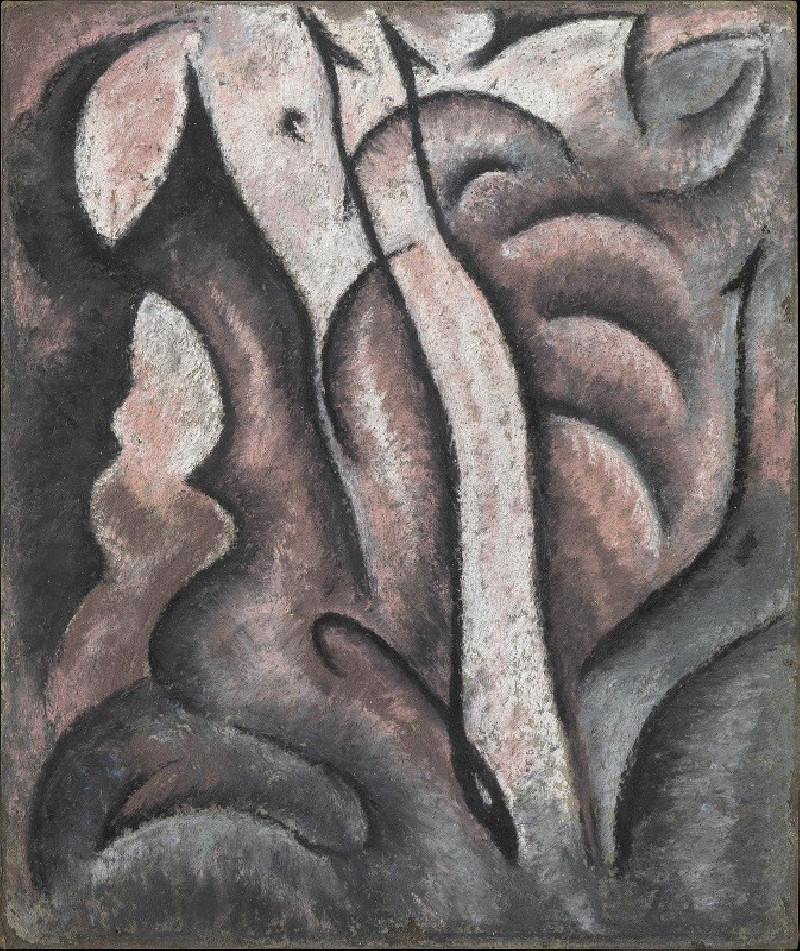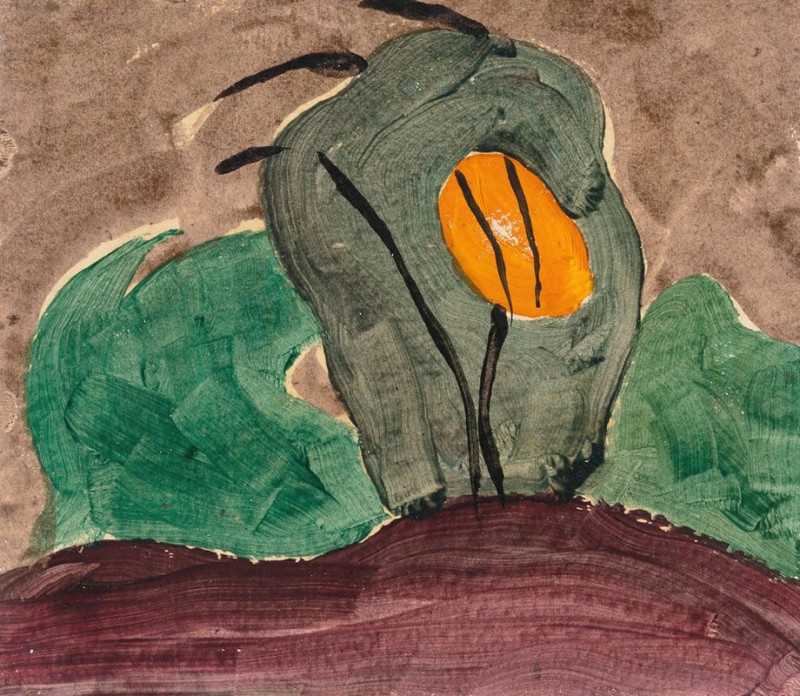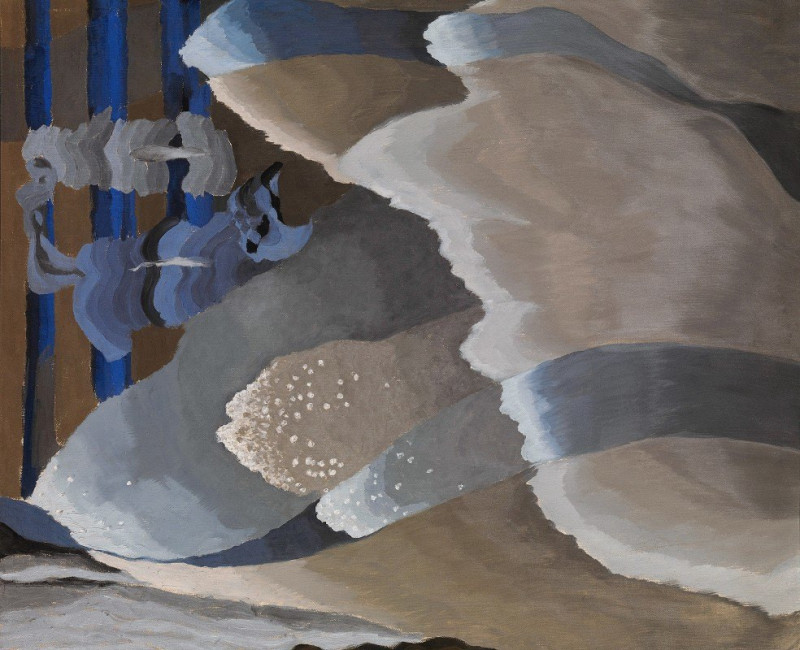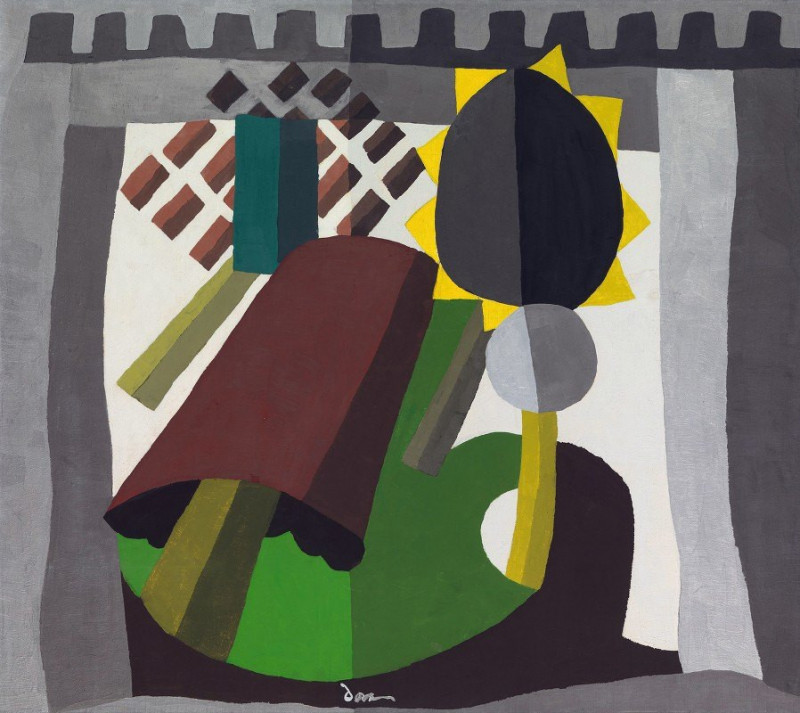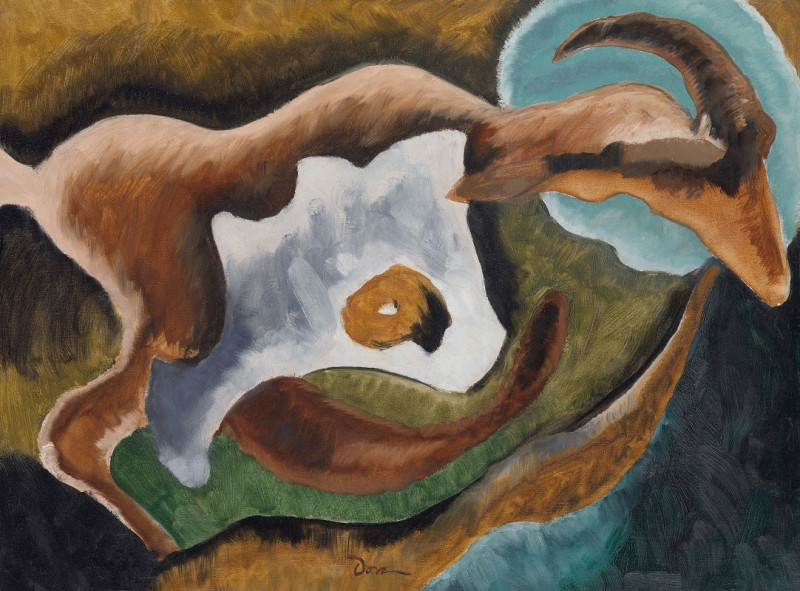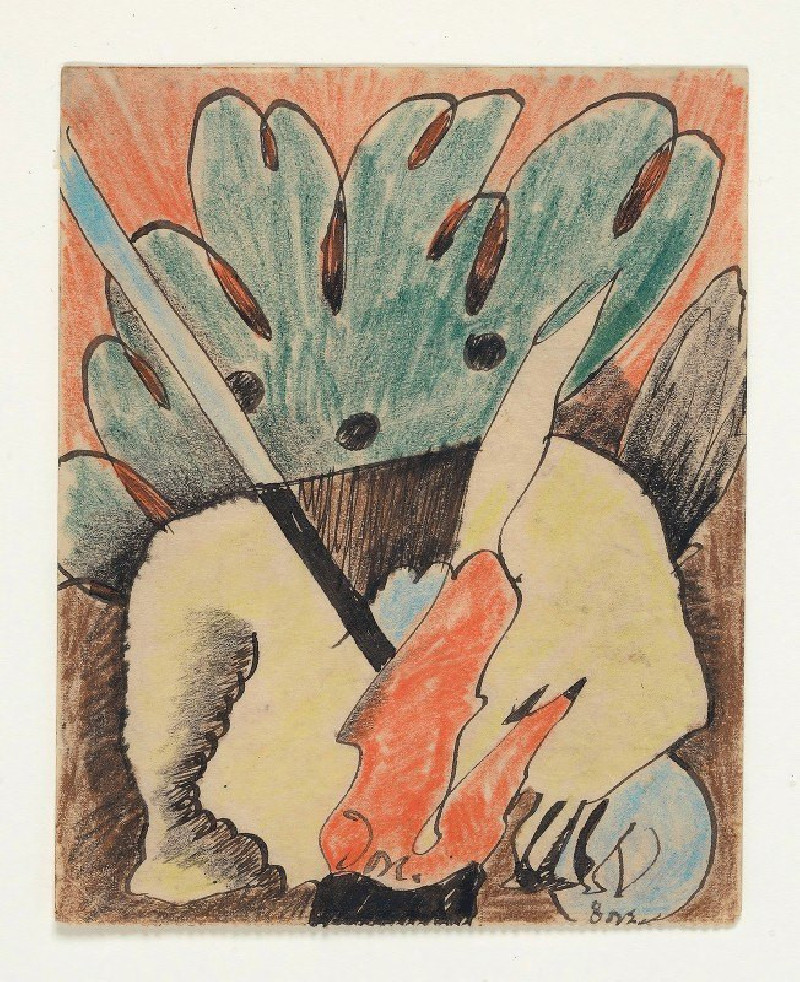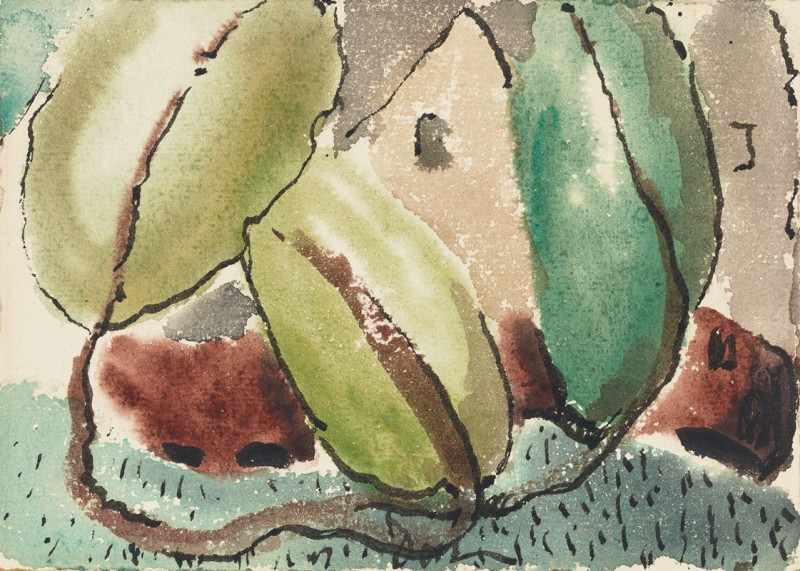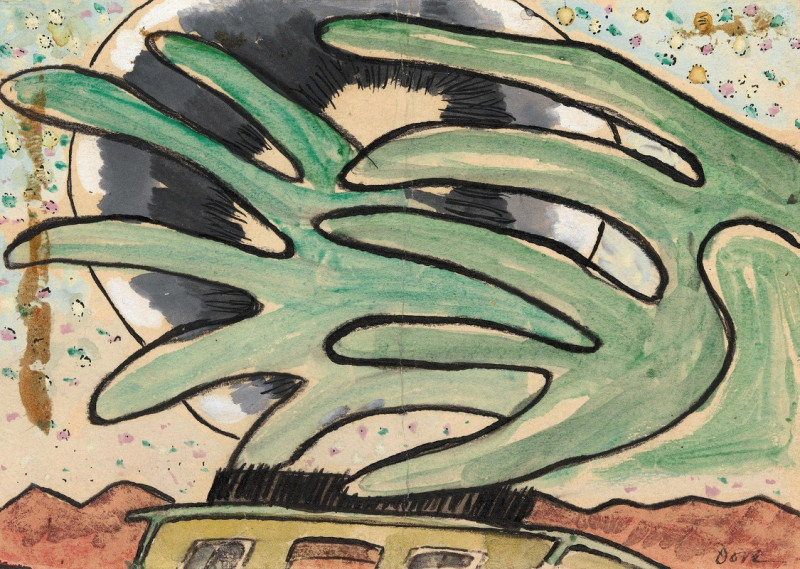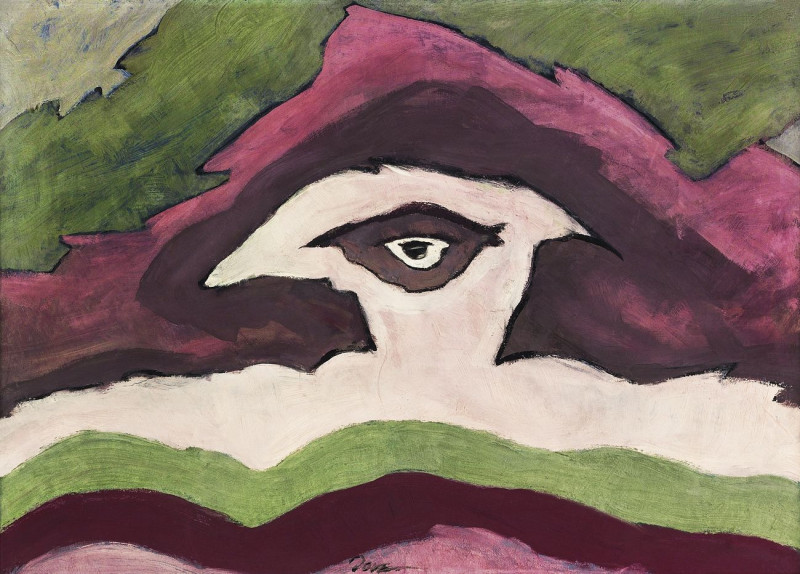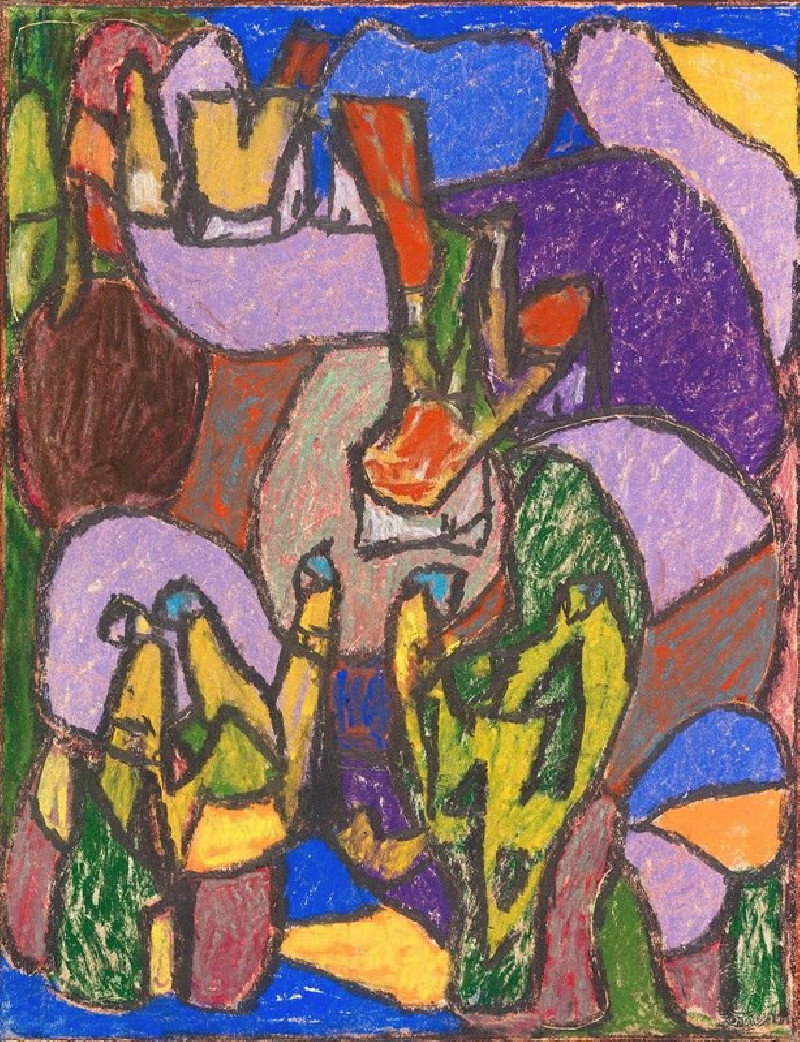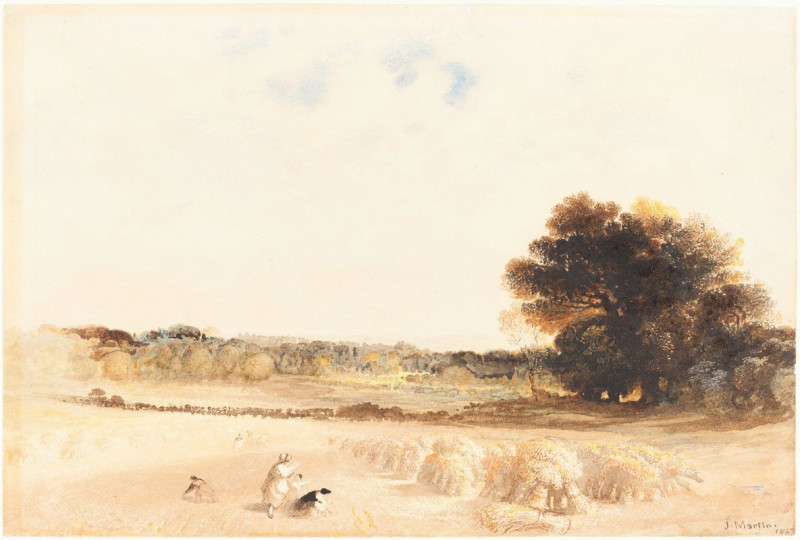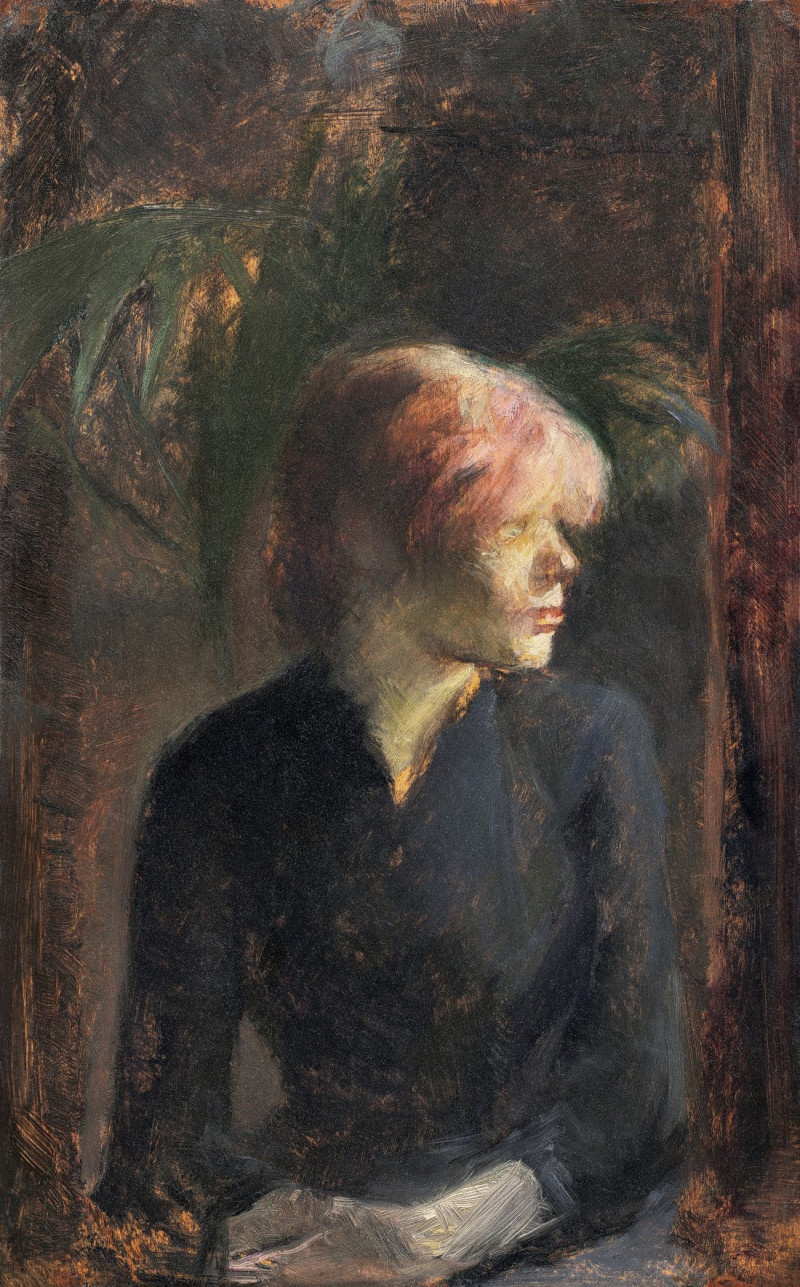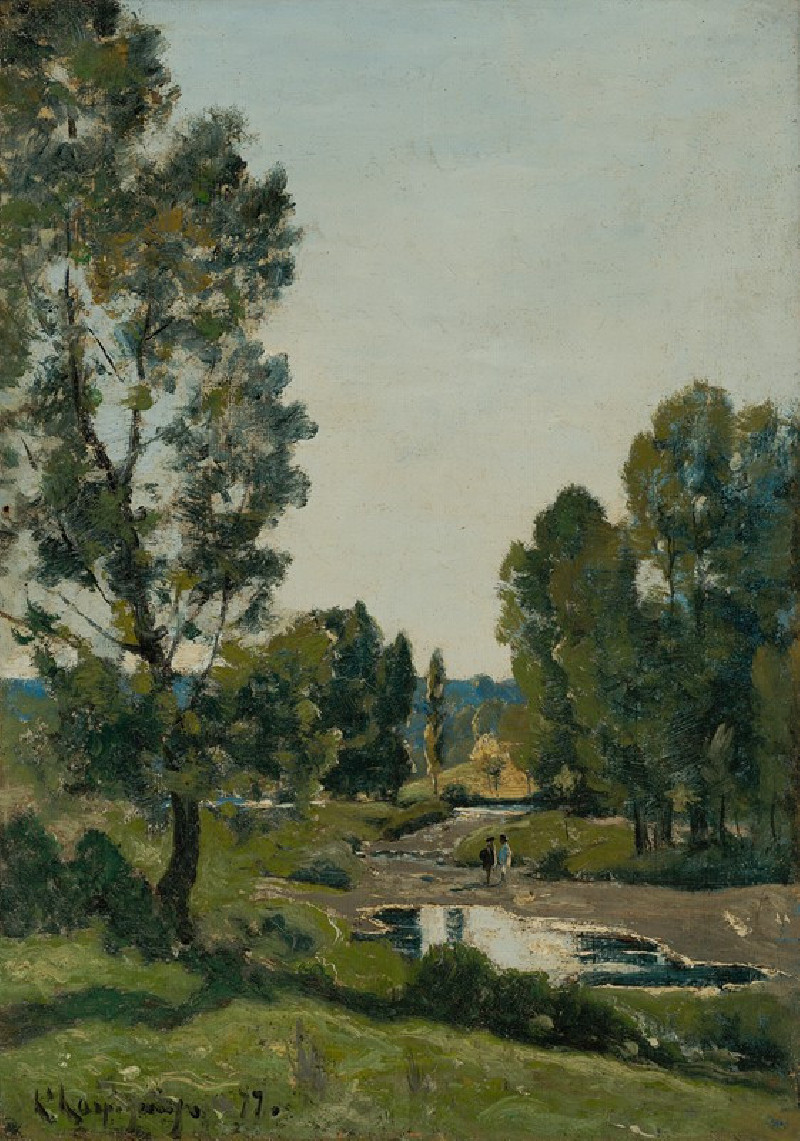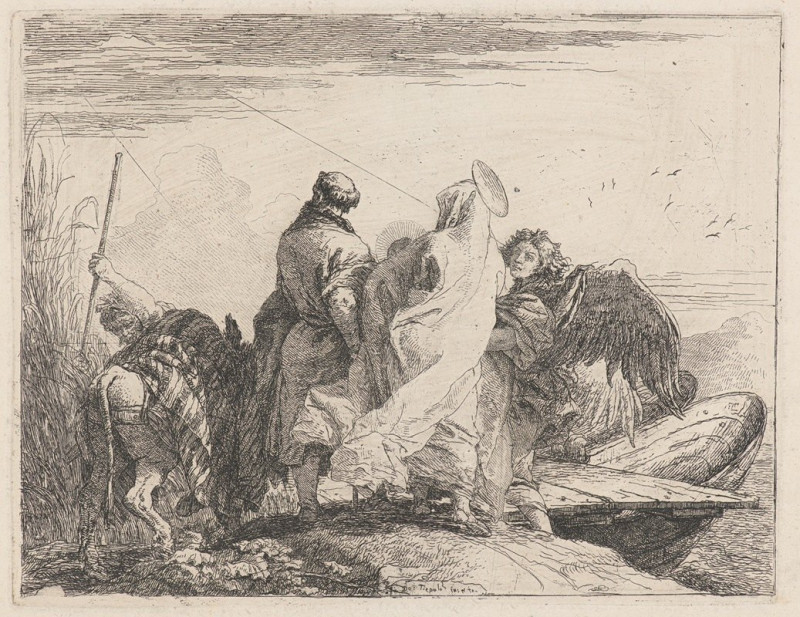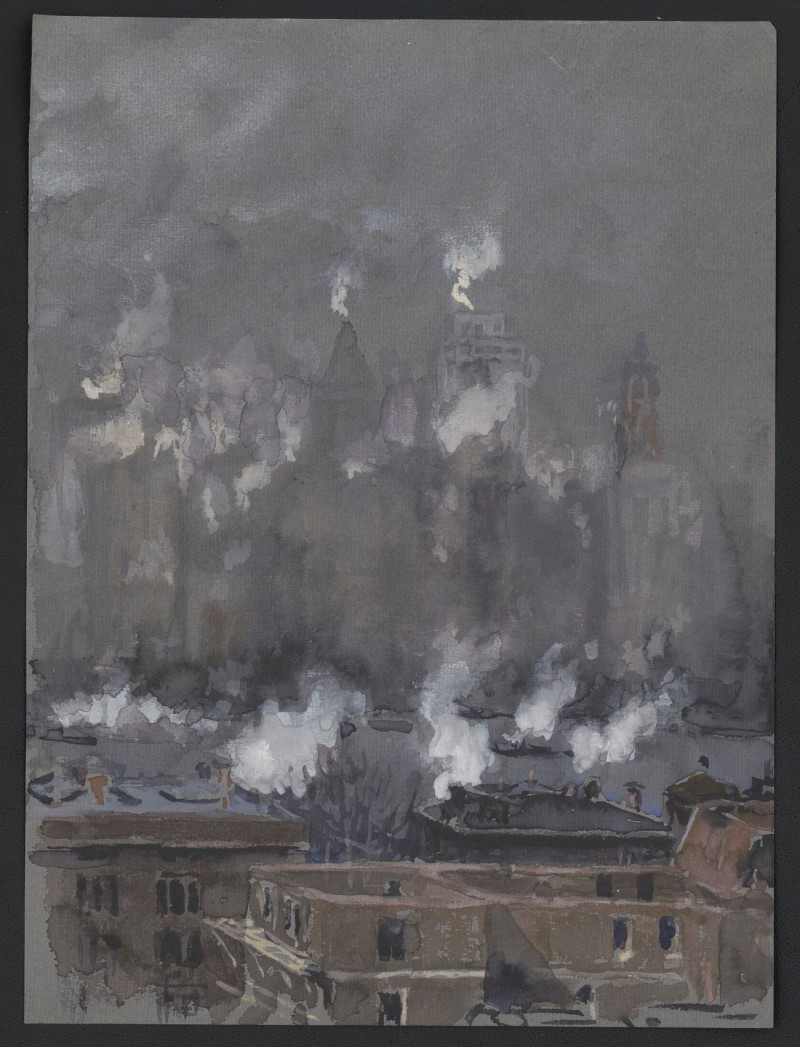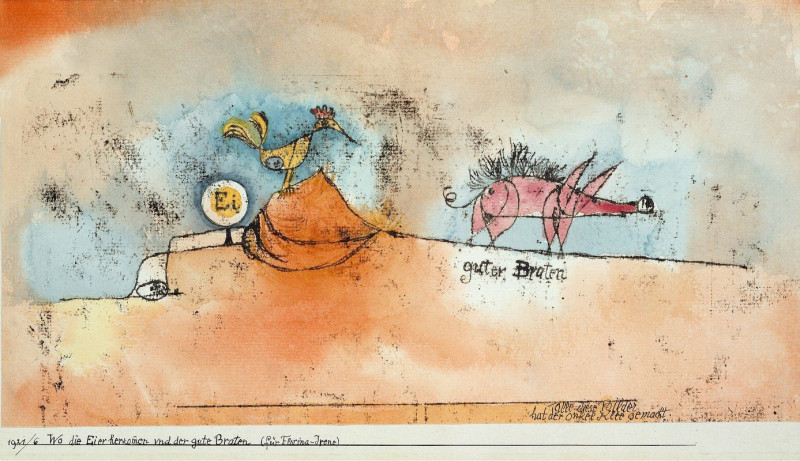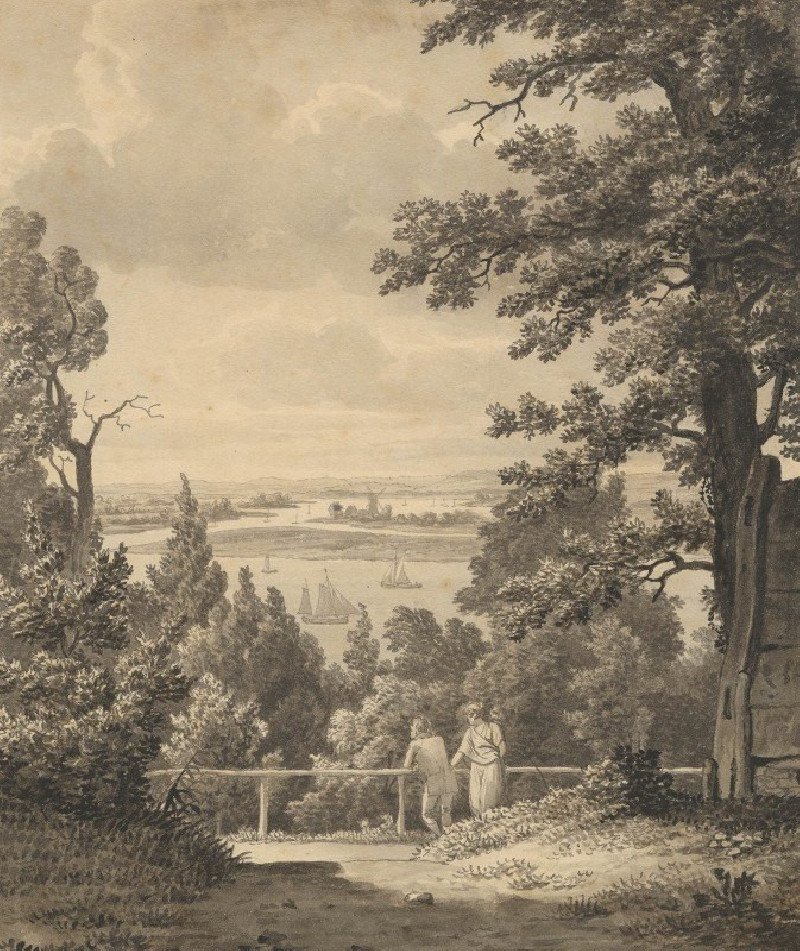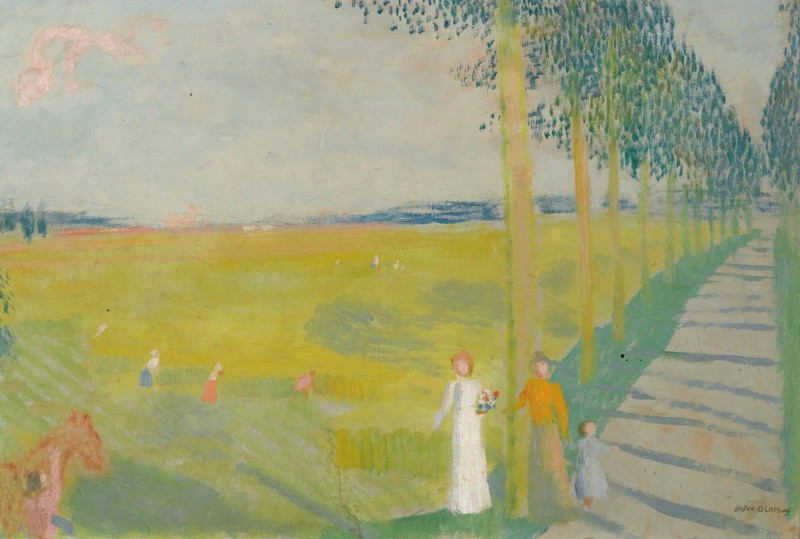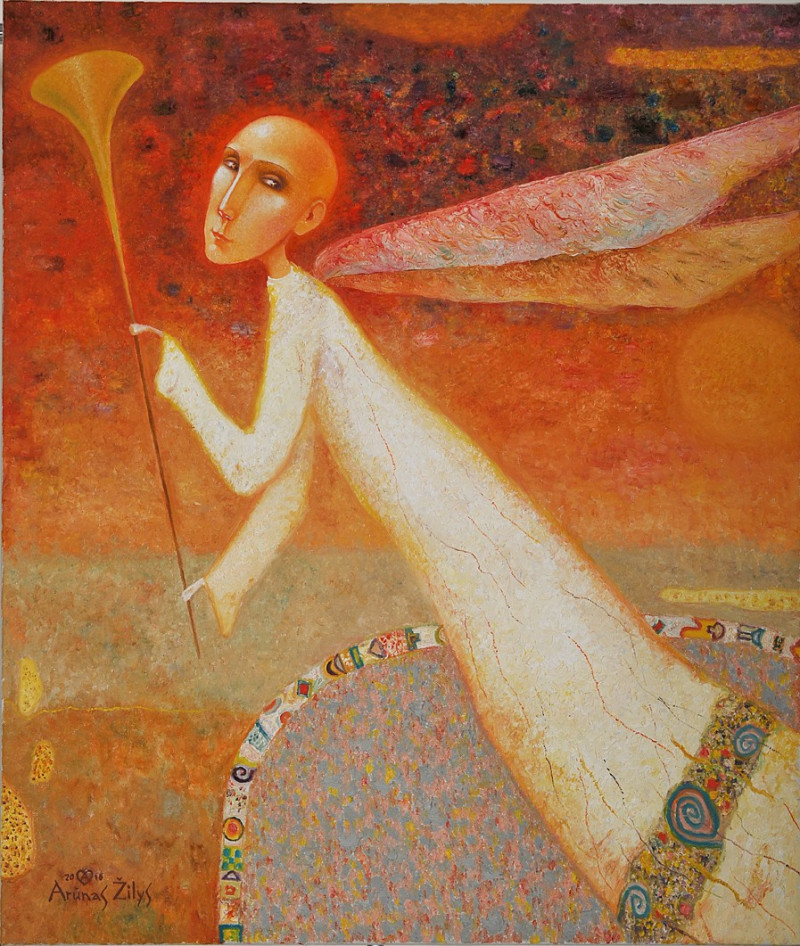Arthur Dove'S Hand Sewing Machine
Technique: Giclée quality print
Recommended by our customers
More about this artwork
Arthur Dove's painting "Hand Sewing Machine" is a striking representation that appears to focus on an abstract depiction of a vintage sewing machine. The artwork retains elements typical of Dove's style, emphasizing abstract forms and bold uses of color and texture while staying connected to representations of everyday objects.The painting portrays the main body of the sewing machine in a dark, almost black color, set against a lighter background that blends gray, white, and beige tones. This contrast highlights the machine as the central subject. The upper part of the machine, possibly the arm and needle section, is portrayed with a significant focus on form and detail. A thick band of beige, resembling a strip of fabric or perhaps the thread, curves through the composition, injecting movement and leading the viewer's eye around the canvas.Hints of what could be interpreted as smaller, colorful elements—perhaps representing the controls or decorative aspects of the machine—are sparingly placed. Additionally, the painting subtly integrates textures that might mimic the metallic sheen of a real sewing machine and the tactile quality of the fabrics involved in sewing.Overall, Arthur Dove's "Hand Sewing Machine" combines abstraction with evocative elements of realism to celebrate not just the machine itself but perhaps the quiet, rhythmic labor associated with sewing.
Delivery
Returns
Arthur Dove was a Modernist American artist well known for landscapes and abstract paintings. Dove produced commercial illustration works for magazines including Harper’s Magazine. After returning from Paris, Dove met Alfred Stieglitz who mentored him. During his life, he created a number of inventive and distinguishing artworks using stylize abstract forms, often representing nature including sunrise, trees, water, waterfall, and thunderstorm. Dove’s fame continued to grow after his death. He is said to influence the first generation of Abstract Expressionists, such as Jackson Pollock and Mark Rothko.







